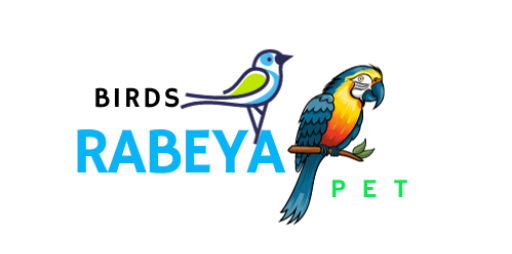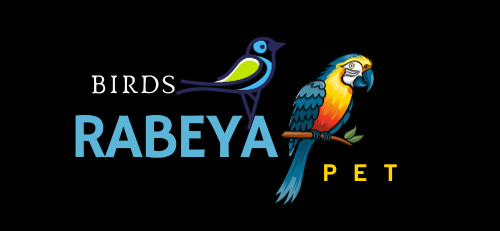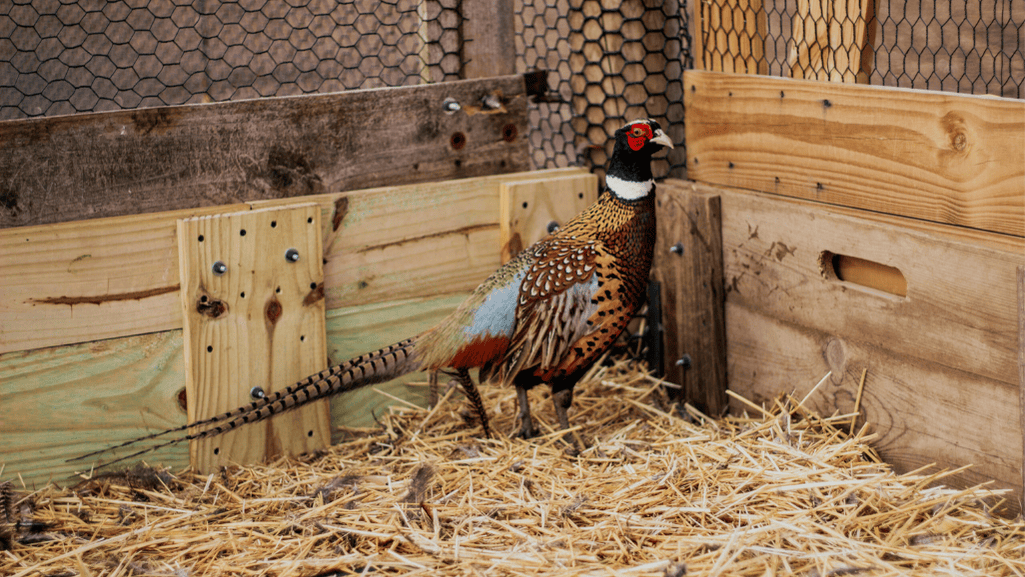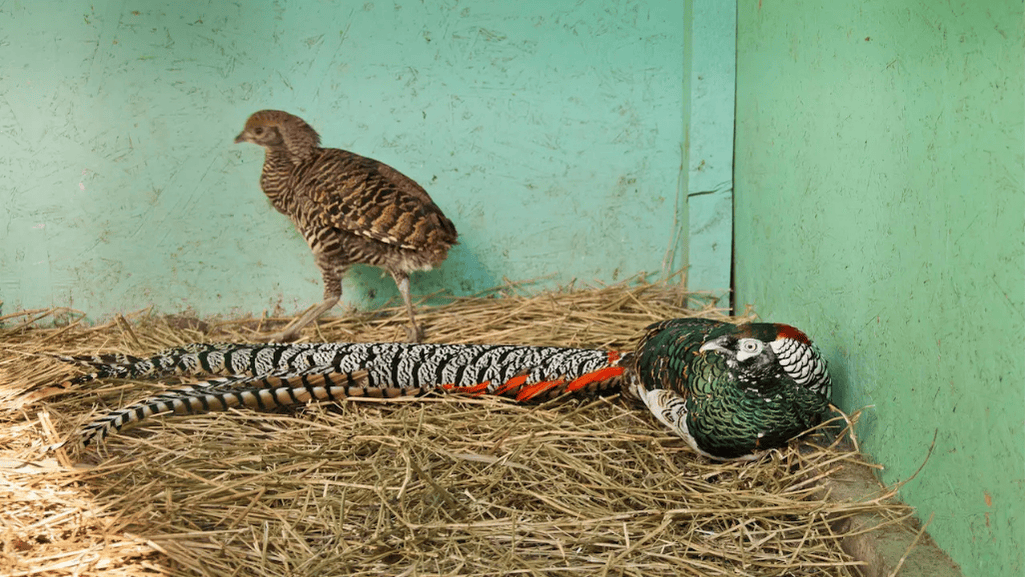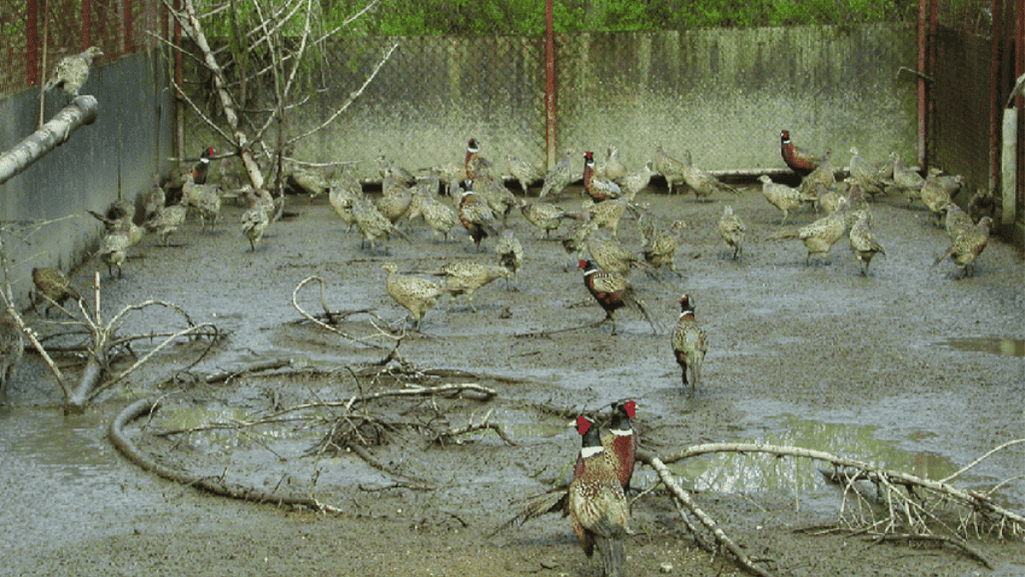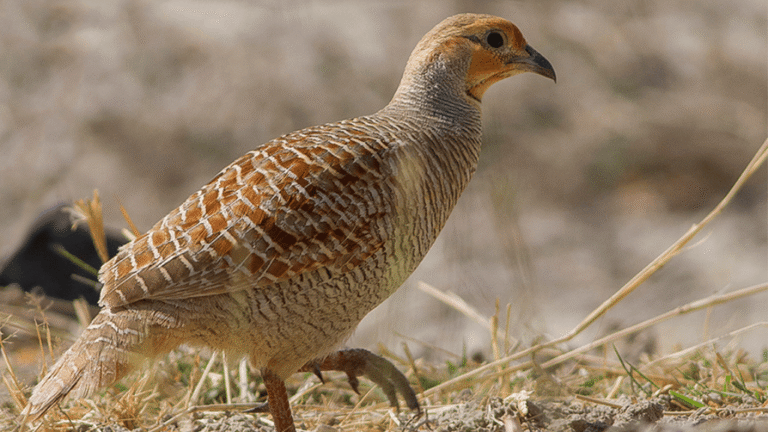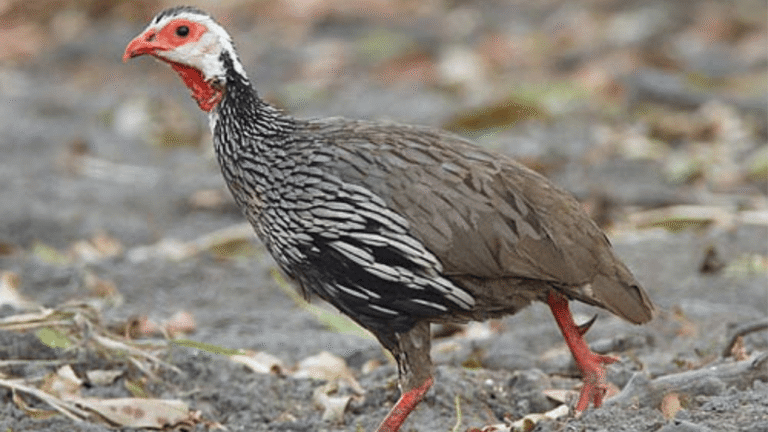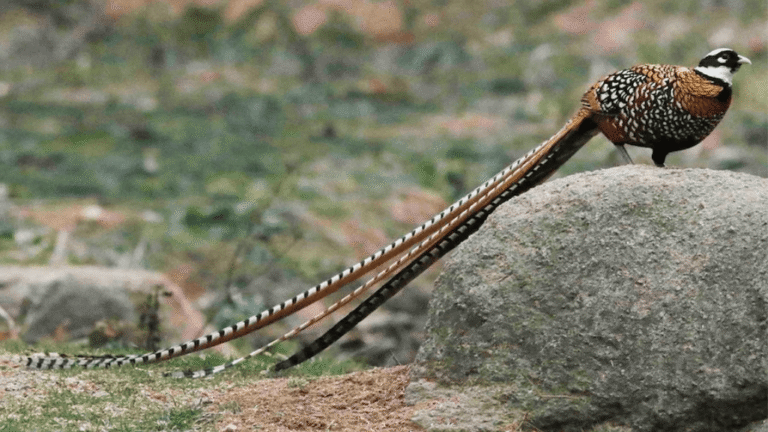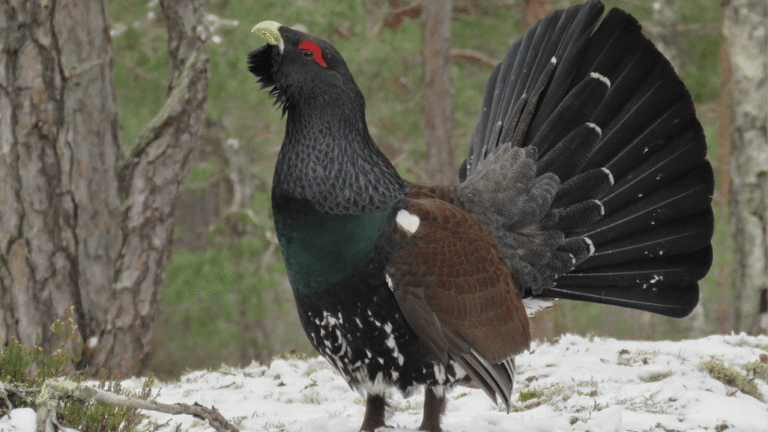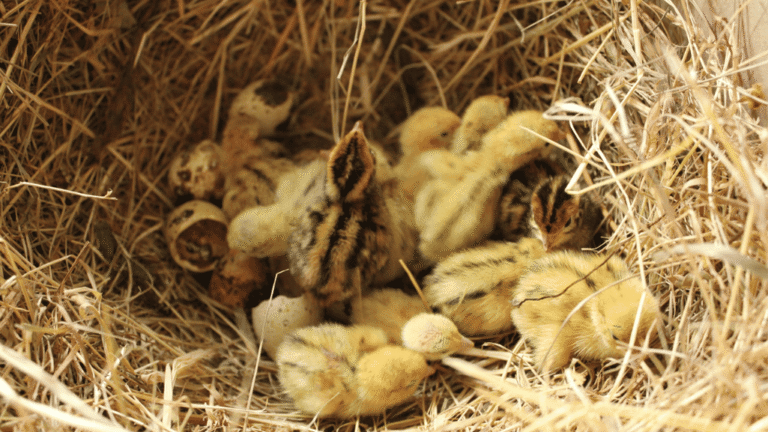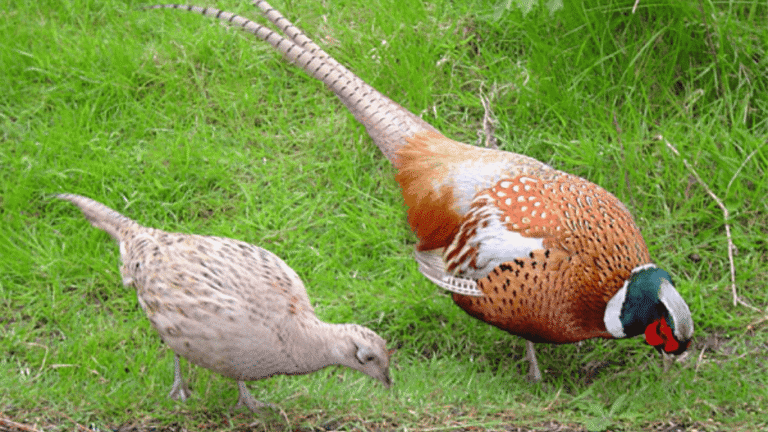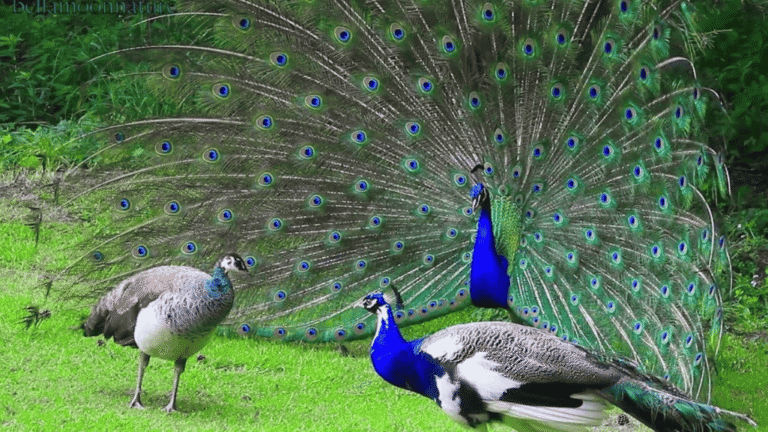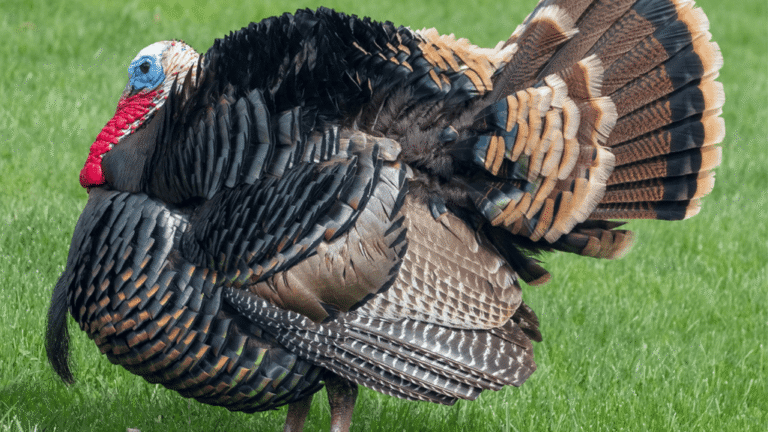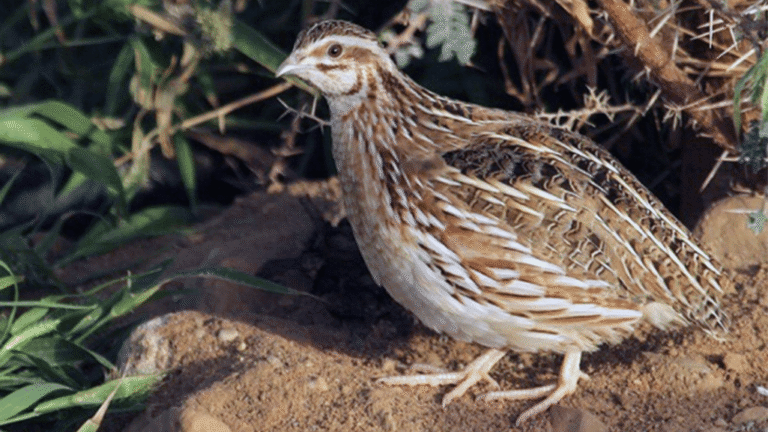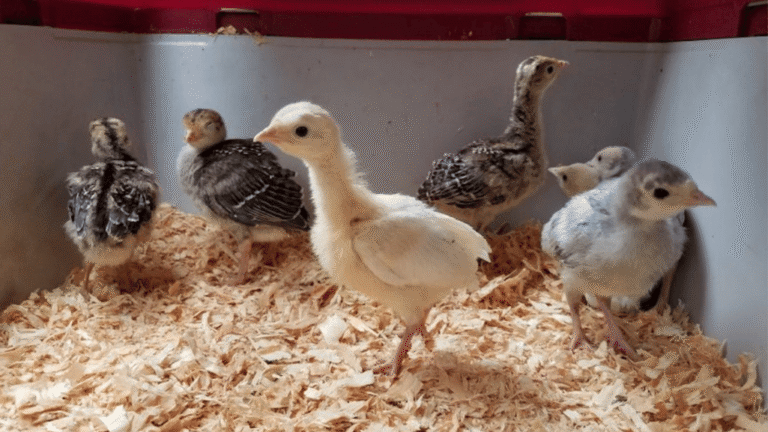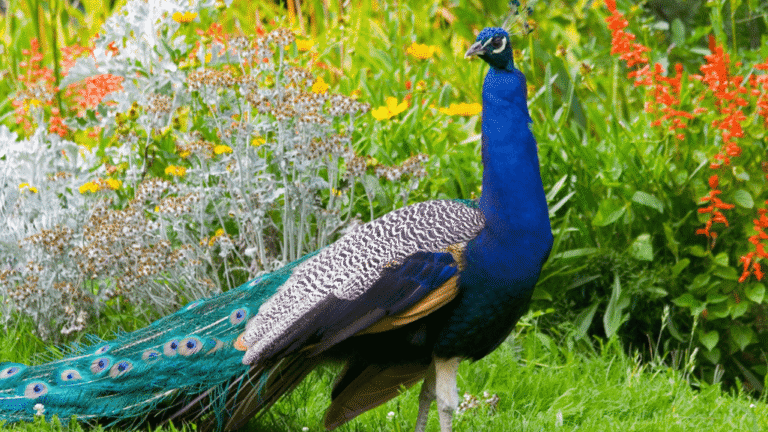When it comes to designing an Aviary Design for Pheasants, there are several factors to consider. Understanding their specific needs and requirements is crucial in creating a habitat that promotes their well-being and comfort. In this comprehensive guide, we will explore the best practices for pheasant enclosures, including aviary design and layout.
Key Takeaways:
- Designing an optimal aviary for pheasants requires careful planning and consideration of their specific needs
- Provide ample space by sizing the pheasant pen according to the recommended square footage per bird
- Construct a sturdy pheasant pen using the right materials to ensure the birds’ safety and protection from predators
- Include essential components inside the pheasant pen, such as feeders, waterers, and proper litter materials
- Maintain the aviary regularly to prolong its longevity and ensure the well-being of the pheasants
Sizing the Pheasant Pen
When designing a pheasant pen, it’s crucial to ensure that the birds have enough space to roam and thrive. According to GameBirdExpert.com, a minimum of 15 to 20 square feet per bird is recommended for the pheasant aviary size. However, several factors should be considered when determining the appropriate square footage for a pheasant enclosure.
The first factor to consider is the number of birds that will inhabit the pen. It’s important to provide enough space for each bird to move around comfortably and display natural behaviors. Overcrowding can lead to stress and aggression among the birds, negatively impacting their well-being.
Additionally, the behavior of the pheasants should be taken into account. Some birds may be more active and require larger spaces to fly and exercise, while others may be more content with smaller areas. Understanding the specific behaviors of the pheasant species you are housing will help determine the ideal square footage for their pen.
Lastly, the length of time the pheasants will spend in the pen is another consideration. If the birds will be confined to the enclosure for long periods, it is important to provide ample space to prevent boredom and promote overall health.
By carefully considering these factors and providing sufficient square footage, you can create a pheasant pen that meets the needs of your birds and allows them to thrive in their habitat.
Square Footage Recommendations for Pheasant Pen Size
| Number of Birds | Square Footage Per Bird |
|---|---|
| 1-10 | 15-20 square feet |
| 11-20 | 20-25 square feet |
| 21-30+ | 25+ square feet |
Constructing the Pheasant Pen
When it comes to constructing a pheasant pen, careful consideration of various factors is crucial. The design of the enclosure should effectively keep the birds in while keeping predators out. Additionally, it should be built to withstand challenging weather conditions. To achieve this, choosing the right construction materials is essential.
The construction materials for a pheasant pen typically include:
- Fence posts: Sturdy and durable fence posts are necessary to provide stability and support to the pen.
- Side wiring with appropriate mesh size: The side wiring should have the right mesh size to prevent pheasants from escaping and to keep potential predators at bay.
- Top grid for roof support: A top grid structure is essential to provide stability to the roof and prevent it from collapsing under heavy loads.
- Roof netting: Roof netting acts as an additional layer of security, preventing birds from flying out and predators from entering.
By utilizing these materials, you can ensure the construction of a sturdy and secure pheasant pen that will provide a safe habitat for your birds.
Building a sturdy pheasant pen is an important step in creating a safe and comfortable habitat for your feathered friends. Remember to choose materials that are not only durable but also capable of withstanding the challenges posed by both the birds and the environment.
Aviary Design for Pheasants?
Apart from the structure itself, it is crucial to provide essential components inside the pheasant pen. Properly catering to the needs of the pheasants ensures their health and well-being. Here are some key essentials that should be included:
Feeders and Waterers
Good nutrition is vital for the overall health and productivity of pheasants. Feeders and waterers should be conveniently placed inside the pen to provide easy access to food and water. It is recommended to use feeders and waterers specifically designed for pheasants to ensure optimum consumption and minimize waste.
Proper Litter Materials
The choice of litter materials inside the pheasant pen plays a significant role in maintaining hygiene and minimizing health risks. Suitable litter materials include straw, sawdust, or wood shavings. This helps to absorb moisture, control odor, and prevent the birds from coming into contact with their waste.
Vegetation and Cover
Pheasants thrive in environments that mimic their natural habitats. Providing vegetation and cover inside the pen creates a sense of security and offers opportunities for foraging and nesting. Planting suitable vegetation and strategically placing natural cover objects, such as branches or shrubs, can help create a more natural setting for the birds.
| Essential Components | Benefits |
|---|---|
| Feeders and Waterers | Ensures easy access to food and water, promoting good nutrition |
| Proper Litter Materials | Maintains hygiene and minimizes health risks |
| Vegetation and Cover | Creates a natural setting, offers security, and provides foraging opportunities |
With these essentials in place, your pheasant pen will provide a comfortable and enriching environment for your birds, contributing to their overall well-being and productivity.
Maintenance and Longevity of the Aviary
To ensure the longevity of your pheasant enclosure, regular maintenance is essential. By dedicating time and effort to the upkeep of the aviary, you can ensure the safety and well-being of your pheasants and increase the lifespan of their habitat.
Regular Checks for Security
Perform routine checks on the fencing, posts, and roof netting of your pheasant pen. This helps identify any damaged or weakened areas that may compromise the security of the enclosure. Repair or replace any faulty components promptly to prevent escapes or predator intrusion.
“Regular checks on the aviary’s structural elements are crucial for maintaining a safe and secure habitat for your pheasants. Prevention is key in ensuring their well-being.”
Schedule Net Replacements
As part of the maintenance routine, it is important to schedule net replacements at regular intervals. Over time, the constant exposure to weather conditions and bird activity can cause wear and tear on the netting. By replacing it periodically, you maintain optimal protection for your pheasants and prevent potential hazards.
Implement Good Maintenance Practices
In addition to regular checks and net replacements, implementing good maintenance practices will contribute to the longevity of your pheasant aviary. This includes keeping the surrounding area free from debris or vegetation that could pose a threat to the enclosure or the pheasants’ health.
Furthermore, ensure that feeders and waterers are cleaned regularly to prevent the buildup of bacteria that may cause illness in the birds. This attention to cleanliness promotes a healthy environment and reduces the risk of disease.
Long-lasting Pheasant Pen
A well-designed and properly maintained pheasant pen can last between 15 and 20 years, providing a secure and comfortable habitat for your feathered companions throughout their lifespan. By investing in regular maintenance, you not only extend the longevity of the enclosure but also create a sustainable and thriving environment for your pheasants.
Take pride in the care you provide for your pheasants, ensuring they can thrive in a safe and well-maintained aviary.
Conclusion
Designing an optimal aviary for pheasants requires careful planning and consideration of their specific needs. By following the expert tips and best practices outlined in this guide, you can create a perfect habitat for your feathered residents.
When creating a pheasant habitat, it is crucial to focus on the aviary design. The size of the pheasant pen should allow sufficient space for the birds to roam and exhibit natural behaviors. Constructing a sturdy enclosure using appropriate materials will ensure the safety of the pheasants and protect them from predators.
Providing essential elements inside the pheasant pen, such as feeders, waterers, and suitable litter materials, will contribute to their overall well-being. Remember to incorporate adequate cover, such as vegetation, to create a natural setting for the pheasants.
Regular maintenance is key to the longevity of the aviary. Conduct routine checks on the fencing, posts, and roof netting to keep the birds secure. Replace and upgrade the netting as needed to ensure continued protection.
In conclusion, by utilizing optimal aviary design tips and creating a pheasant habitat that meets their specific needs, you can provide a secure and comfortable environment for your feathered residents. This will contribute to their health, well-being, and overall enjoyment of their new home.
FAQ
How much space do pheasants need in an aviary?
According to GameBirdExpert.com, a minimum of 15 to 20 square feet per bird is recommended when designing a pheasant pen. However, factors such as the number of birds and their behavior should also be taken into account.
What materials are needed to construct a pheasant pen?
The construction materials typically include fence posts, side wiring with appropriate mesh size, top grid for roof support, and roof netting. These materials ensure the pen is sturdy, keeps the birds in, and keeps predators out.
What should be placed inside the pheasant pen?
Essential components to include in the pheasant pen are feeders and waterers for the birds. Proper litter materials that do not pose health risks should also be provided. Additionally, the availability of cover, such as vegetation, contributes to creating a natural setting for the pheasants.
How should the pheasant pen be maintained?
Regular maintenance is necessary to ensure the longevity of the pheasant aviary. This includes routine checks on fencing, posts, and roof netting to keep the birds secure. Schedule net replacements at regular intervals to maintain the pen’s integrity. By implementing good maintenance practices, a well-designed pheasant pen can last between 15 and 20 years.
How can I create an optimal aviary for pheasants?
To design an optimal aviary for pheasants, carefully plan and consider their specific needs. By following the expert tips and best practices outlined in this guide, you can create a perfect habitat for your feathered residents, contributing to their health and well-being.
